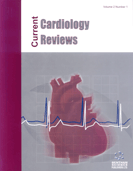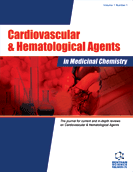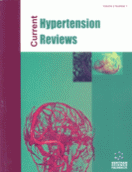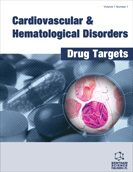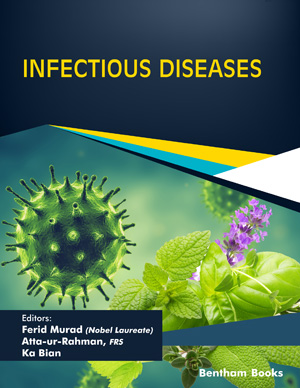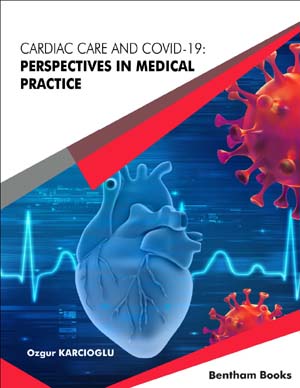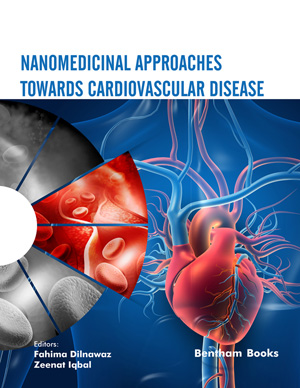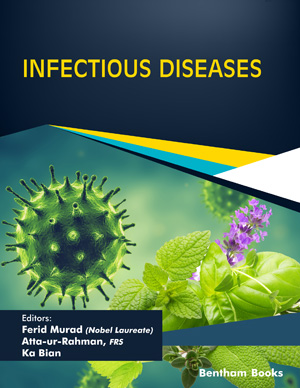Abstract
South Asia (SA) is both the most populous and the most densely populated geographical region in the world. The countries in this region are undergoing epidemiological transition and are facing the double burden of infectious and non-communicable diseases.
Heart failure (HF) is a major and increasing burden all over the world. In this review, we discuss the epidemiology of HF in SA today and its impact in the health system of the countries in the region. There are no reliable estimates of incidence and prevalence of HF (heart failure) from this region.
The prevalence of HF which is predominantly a disease of the elderly is likely to rise in this region due to the growing age of the population. Patients admitted with HF in the SA region are relatively younger than their western counterparts. The etiology of HF in this region is also different from the western world. Untreated congenital heart disease and rheumatic heart disease still contribute significantly to the burden of HF in this region. Due to epidemiological transition, the prevalence of hypertension, diabetes mellitus, obesity and smoking is on the rise in this region. This is likely to escalate the prevalence of HF in South Asia.
We also discuss potential developments in the field of HF management likely to occur in the nations in South Asia. Finally, we discuss the interventions for prevention of HF in this region.
Keywords: Heart failure, South Asia, India, epidemiology, aetiology, prevention, heart failure clinics.
Current Cardiology Reviews
Title:Heart Failure in South Asia
Volume: 9 Issue: 2
Author(s): Harikrishnan Sivadasan Pillai and Sanjay Ganapathi
Affiliation:
Keywords: Heart failure, South Asia, India, epidemiology, aetiology, prevention, heart failure clinics.
Abstract: South Asia (SA) is both the most populous and the most densely populated geographical region in the world. The countries in this region are undergoing epidemiological transition and are facing the double burden of infectious and non-communicable diseases.
Heart failure (HF) is a major and increasing burden all over the world. In this review, we discuss the epidemiology of HF in SA today and its impact in the health system of the countries in the region. There are no reliable estimates of incidence and prevalence of HF (heart failure) from this region.
The prevalence of HF which is predominantly a disease of the elderly is likely to rise in this region due to the growing age of the population. Patients admitted with HF in the SA region are relatively younger than their western counterparts. The etiology of HF in this region is also different from the western world. Untreated congenital heart disease and rheumatic heart disease still contribute significantly to the burden of HF in this region. Due to epidemiological transition, the prevalence of hypertension, diabetes mellitus, obesity and smoking is on the rise in this region. This is likely to escalate the prevalence of HF in South Asia.
We also discuss potential developments in the field of HF management likely to occur in the nations in South Asia. Finally, we discuss the interventions for prevention of HF in this region.
Export Options
About this article
Cite this article as:
Pillai Harikrishnan Sivadasan and Ganapathi Sanjay, Heart Failure in South Asia, Current Cardiology Reviews 2013; 9 (2) . https://dx.doi.org/10.2174/1573403X11309020003
| DOI https://dx.doi.org/10.2174/1573403X11309020003 |
Print ISSN 1573-403X |
| Publisher Name Bentham Science Publisher |
Online ISSN 1875-6557 |
 12
12
- Author Guidelines
- Bentham Author Support Services (BASS)
- Graphical Abstracts
- Fabricating and Stating False Information
- Research Misconduct
- Post Publication Discussions and Corrections
- Publishing Ethics and Rectitude
- Increase Visibility of Your Article
- Archiving Policies
- Peer Review Workflow
- Order Your Article Before Print
- Promote Your Article
- Manuscript Transfer Facility
- Editorial Policies
- Allegations from Whistleblowers
- Announcements
Related Articles
-
The First Approved Agent in the Glitazar’s Class: Saroglitazar
Current Drug Targets Promises of Apoptosis-Inducing Peptides in Cancer Therapeutics
Current Pharmaceutical Biotechnology Diagnostic and Therapeutic Potentials of microRNAs in Heart Failure
Current Topics in Medicinal Chemistry Sphingolipids in Inflammation: Roles and Implications
Current Molecular Medicine Adrenomedullin as a Potential Therapeutic Agent for Inflammatory Bowel Disease
Current Protein & Peptide Science Mitochondrial Triglyceride Transfer Protein Inhibition: New Achievements in the Treatment of Dyslipidemias
Current Pharmaceutical Design Pharmacogenomics of Cardiovascular Complications in Diabetes and Obesity
Recent Patents on Biotechnology Mast Cells in Allergic and Inflammatory Diseases
Current Pharmaceutical Design Non-invasive Atherosclerosis Imaging: Use to Assess Response to Novel or Combination Lipid Therapies
Current Drug Targets - Cardiovascular & Hematological Disorders The Antidiabetic Effects of The Bioactive Flavonoid (Kaempferol-3-O-β-D-6{P- Coumaroyl} Glucopyranoside) Isolated From Allium cepa
Recent Patents on Anti-Infective Drug Discovery New Patentable Use of an Old Neuroleptic Compound Thioridazine to Combat Tuberculosis: A Gene Regulation Perspective
Recent Patents on Anti-Infective Drug Discovery Application of Resveratrol in Diabetes: Rationale, Strategies and Challenges
Current Molecular Medicine Preface
Current Topics in Medicinal Chemistry Overview of Green Tea Interaction with Cardiovascular Drugs
Current Pharmaceutical Design Exploring Pharmacological Significance of Chalcone Scaffold: A Review
Current Medicinal Chemistry Mevalonate Pathway and Human Cancers
Current Molecular Pharmacology Targeting the PI3K/Akt/mTOR Axis by Apigenin for Cancer Prevention
Anti-Cancer Agents in Medicinal Chemistry Drug Metabolizing Enzymes and Transporters mRNA in Peripheral Blood Mononuclear Cells of Healthy Subjects: Biological Variations and Importance of Preanalytical Steps
Current Drug Metabolism Interstitial Lung Disease Associated with Collagen Vascular Disease
Clinical Anti-Inflammatory & Anti-Allergy Drugs (Discontinued) Mood Stabilizers, Oxidative Stress and Antioxidative Defense in Euthymia of Bipolar Disorder
CNS & Neurological Disorders - Drug Targets


